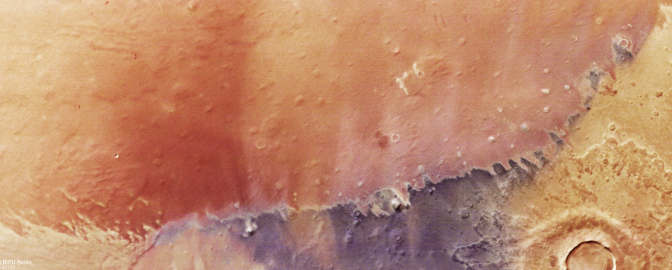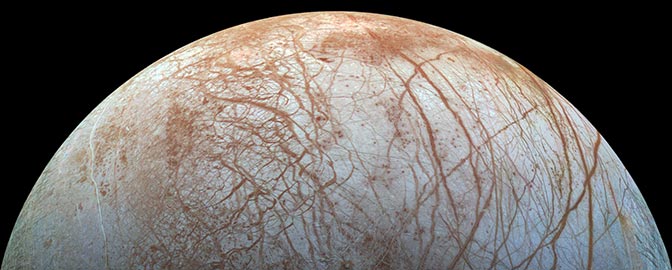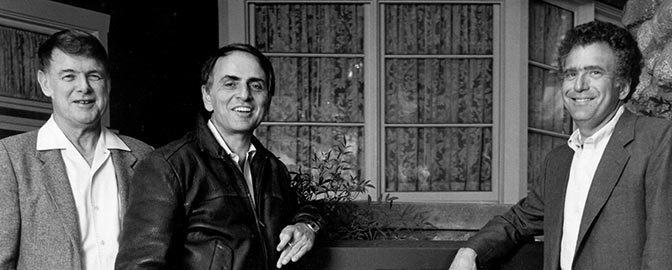The Space Advocate • Nov 17, 2025
The Space Advocate Newsletter, November 2025
This month

🏛️ Shutdown ends. NASA gets back to work.
🚀 Isaacman re-nominated as Administrator.
📋 Project Athena overhaul leaked.
The shutdown is over… 85% of NASA’s workforce, sitting idle since Oct. 1, can now get back to work (the other 15% were deemed ‘essential’ for basic safety needs, and worked without pay).
NASA, however, is only funded for the next 75 days under yet another continuing resolution (CR). The absence of congressional direction leaves the agency vulnerable to the stealthy application of draconian cuts proposed by the White House. Congress must still reconcile the differences between House and Senate versions of NASA’s budget, vote, and gain Presidential approval in this time period. And frankly, compared to most other divisive issues remaining in the budgeting process, finding agreement on NASA isn’t that significant of a hurdle. I remain optimistic that this can still happen, though we have a dwindling number of days left on the congressional schedule due to the upcoming holiday season.
Jared’s back… despite pulling his nomination back in June, President Trump re-nominated Jared Isaacman to the position of NASA Administrator last week. This caps one of the more impressive comebacks in recent memory, not to mention a reportedly sharp-elbowed internal fight for the nomination between him and Acting Administrator (and current Secretary of Transportation) Sean Duffy.
…and so is ‘Project Athena’... Last week, this internal planning document, prepared by Isaacman’s team in May, was leaked. It outlines a rapid and ambitious overhaul of the space agency, including a plan to review every program from the ground up, reinvigorate NASA’s work culture, and shift many capabilities to the commercial sector. It’s still not public, but I have read it. There’s a lot to like (such as going all-in on a nuclear electric propulsion program, meetings should be minimized and be as short as possible), and a lot I have serious questions about (such as asking universities to spend their endowments to create space science missions, and moving away from the decadal survey as a guideline for science projects).
Now, a lot has changed since Project Athena was written, most notably the showering of $10 billion of mandated spending over the next four years on the SLS and Gateway projects, both of which were targeted for cancellation by Isaacman’s team, not to mention the disorganized exodus of nearly one fifth of NASA’s skilled workforce. Isaacman stood by the document, though he clarified it was intended to be a guide and not a strict plan. My hunch is that he’ll have to promise to not do many of the proposals contained within in order to gain Senate approval.
Until next month,
Casey Dreier
Chief of Space Policy
The Planetary Society
Want to do something?
Our Save NASA Science Action Hub has the latest actions, resources, and updates, including an updated action to write to Congress in reaction to the layoffs at JPL.
What I’m reading this month
Space science & the space economy
This new paper explores the potential of using commercial space companies to enable science, and attempts to measure the scientific productivity of low-cost missions. Very relevant right now.
Jared Isaacman on the Shawn Ryan Show
Isaacman sat down for a three-hour interview back in September, and spent nearly an hour discussing what he would do as Administrator. If you want to understand the motivations of Project Athena, listen to this.
Star Talk Radio
Bill Nye and I “took over” an episode of Star Talk Radio to talk about threats to NASA’s budget. We had a great time messing around in Neil’s office.
Ground Truth
Data visualization and analysis

Acting Administrator Sean Duffy shook up the space industry this month when he announced he was ‘re-opening’ NASA human landing system contracts to other companies besides SpaceX. He stated that SpaceX will probably not make their timelines for landing U.S. astronauts before China, and that more competition was needed. This chart plots the development times for all American human-capable spacecraft. Any company that would deploy a new lunar lander before 2030 would have their work cut out for them, it would be the fastest development time of any human spacecraft since Gemini in 1965.


 Explore Worlds
Explore Worlds Find Life
Find Life Defend Earth
Defend Earth

